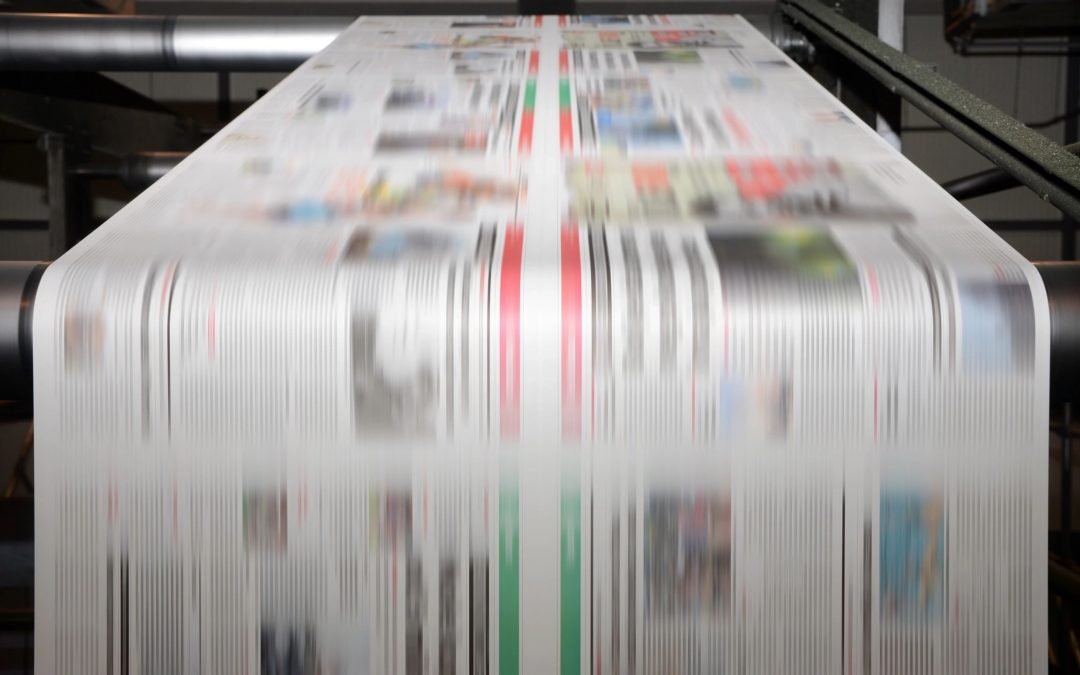By: Rich Graham and Matt Johnson
Today, the USPTO issued a press release announcing a Notice of Proposed Rulemaking for Claim Construction Standards used in PTAB Proceedings.[1] The rule proposed by the Office would change the prior policy of using the Broadest Reasonable Interpretation (BRI) standard for construing claims in trials before the PTAB. Presently, 37 C.F.R. 42.100(b), 42.200(b) and 42.300(b) require that a “claim in an unexpired patent that will not expire before a final written decision is issued shall be given its broadest reasonable construction in light of the specification of the patent in which it appears.” The announcement explains that the newly proposed standard “is the same as the standard applied by Article III courts and [ITC] proceedings” following Phillips v. AWH Corp., 412 F.3d 1303 (Fed. Cir. 2005) (en banc). The Office’s proposal explains “the Office intends that any proposed rule changes adopted in a final rule would be applied to all pending IPR, PGR, and CBM proceedings before [the] PTAB.”
The proposed changes to each of §§ 42.100(b), 42.200(b), and 42.300(b) will be the same, e.g. § 42.100(b) will be amended as follows:
(b)
A claim in an unexpired patent that will not expire before a final written decision is issued shall be given its broadest reasonable construction in light of the specification of the patent in which it appears. A party may request a district court-type claim construction approach to be applied if a party certifies that the involved patent will expire within 18 months from the entry of the Notice of Filing Date Accorded to Petition. The request, accompanied by a party’s certification, must be made in the form of a motion under § 42.20, within 30 days from the filing of the petition.In an inter partes review claim of a patent, or a claim proposed in a motion to amend under § 42.121, shall be construed using the same claim construction standard that would be used to construe such claim in a civil action to invalidate a patent under 35 U.S.C. 282(b), including construing the claim in accordance with the ordinary and customary meaning of such claim as understood by one of ordinary skill in the art and the prosecution history pertaining to the patent. Any prior claim construction determination concerning a term of the claim in a civil action, or a proceeding before the International Trade Commission, that is timely made of record in the inter partes review proceeding will be considered.
Under the proposed approach, “the Office would construe patent claims … applying the principles articulated in Phillips and its progeny.” For example, in the Notice Director Iancu explains that under the Phillips standard differs from the BRI in that (internal quotes and citations omitted):
The words of a claim are generally given their ordinary and customary meaning, which is the meaning that the term would have to a person of ordinary skill in the art in question at the time of the invention, i.e., as of the effective filing date of the patent application. … The specification is the single best guide to the meaning of a disputed term and acts as a dictionary when it expressly defines terms used in the claims or when it defines terms by implication. Although the prosecution history often lacks the clarity of the specification and thus is less useful for claim construction purposes it is another source of intrinsic evidence that can inform the meaning of the claim language by demonstrating how the inventor understood the invention and whether the inventor limited the invention in the course of prosecution, making the claim scope narrower than it would otherwise be. Extrinsic evidence, such as expert testimony and dictionaries, may be useful in educating the court regarding the field of the invention or helping determine what a person of ordinary skill in the art would understand claim terms to mean. However, extrinsic evidence in general is viewed as less reliable than intrinsic evidence.
In addition to proposing a new standard in claim construction during trials, the Office also proposes to amend PTAB rules to require the Board to consider “any prior claim construction determination … in a civil action, or an ITC proceeding that is timely made of record in [a PTAB trial].” The Notice also notes some additional effects. First, “consistent with Phillips and its progeny, the doctrine of construing claims to preserve their validity would apply to AIA trials.” But, the Notice also explains that this is “of limited utility” and has been limited to “cases in which the court concludes, after applying all the available tools of claim construction, that the claim is still ambiguous.” And the Notice explains that the prosecution history taken into account during trial is the prosecution history that has previously occurred, “including before the examiner during examination, reissue, reexamination, IPR, PGR, and CBM proceedings,” and “prosecution before an examiner in a related application where relevant … and any argument made on appeal of a rejection before the grant of the patent for which review is sought.”
If implemented, the proposed changes would be among a number of significant changes to the PTAB’s post-grant trials following the Supreme Court’s rejection of the partial institution practice, and the Office’s decision that it will grant all grounds in a petition in addition to instituting on all claims. We will continue to closely monitor these changes and follow how they impact best practices before the PTAB.
[1] Here is a copy of the unpublished PDF version of the Notice The Notice of Proposed Rulemaking is scheduled to be published on May 9, 2018 here.
Jones Day's PTAB Team
Latest posts by Jones Day's PTAB Team (see all)
- Informative: How To Sufficiently Show that a Thesis is Publicly Accessible - April 13, 2020
- PTAB Designates Western Digital as Informative of Motions to Amend - June 1, 2018
- Proposed Rule: No More BRI in PTAB Trials - May 8, 2018

